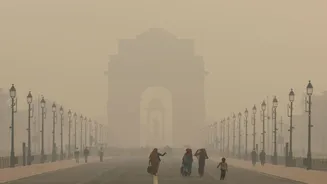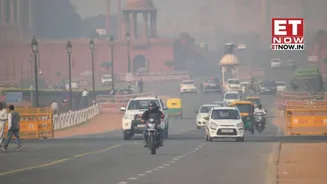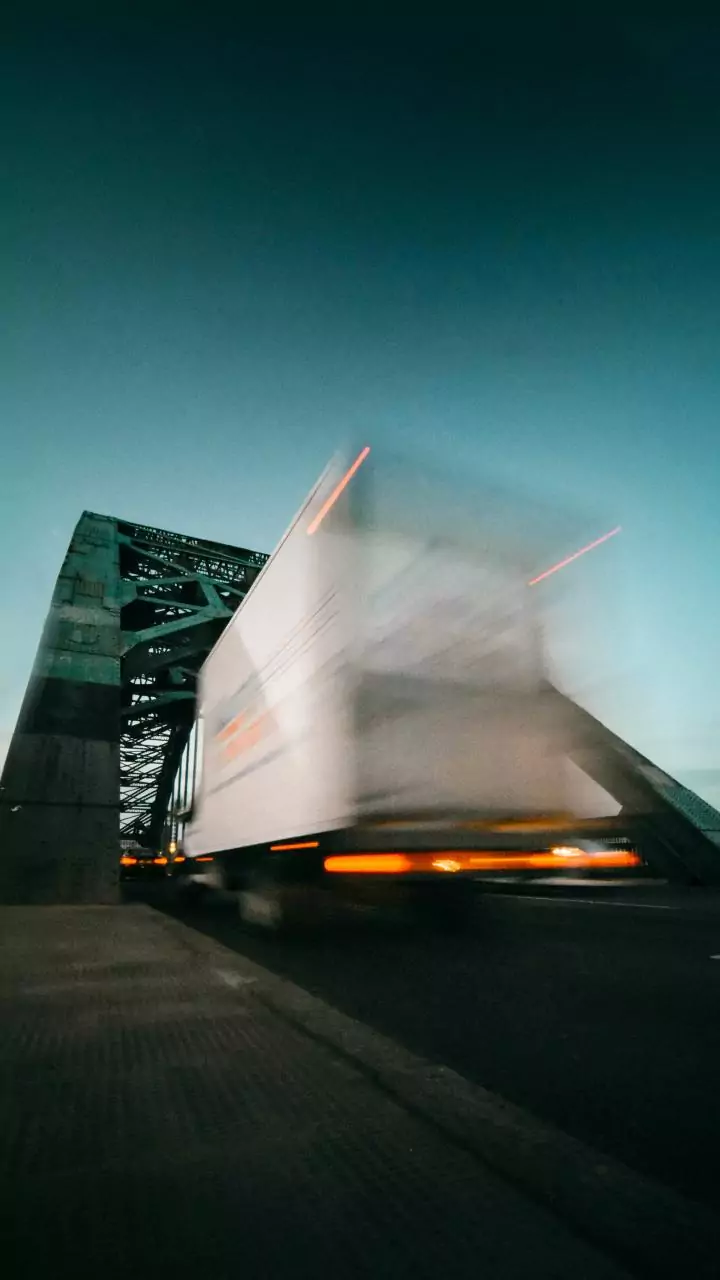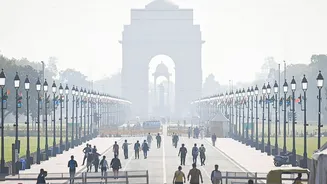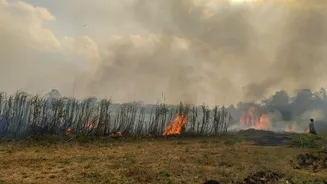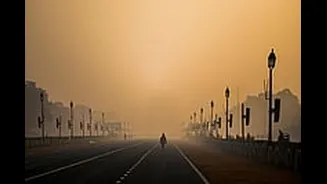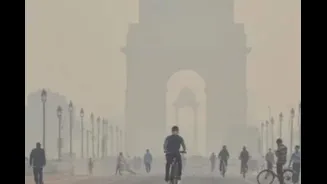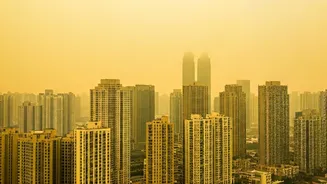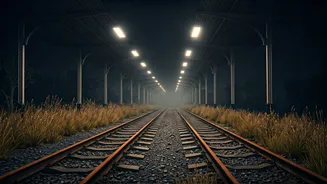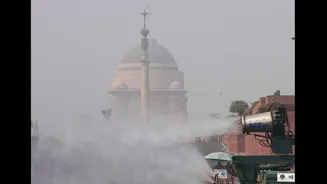What is the story about?
As November arrives, Delhi's atmosphere undergoes a drastic transformation. Gone are the days of sunny skies and pleasant strolls in parks. Instead, a thick layer of smog engulfs the city every winter, especially after Diwali, leaving residents gasping for air. The Air Quality Index (AQI) rises to alarming levels, with air quality often plummeting to ‘severe’ to ‘hazardous’ categories.
With the onset of winter, especially during Diwali and the following weeks, the air quality in Delhi and the National Capital Region (NCR) deteriorates every year. Every year, the air quality in Delhi-NCR deteriorates during Diwali and the winter season due to stubble burning, vehicular emissions and industrial pollution, among other factors. Bursting of firecrackers during Diwali is also a major contributor to the rising air pollution in the national capital.
The situation becomes particularly dire during the winter months, with the AQI often exceeding 400, indicating ‘hazardous’ air quality.
According to a 2024 study published in Lancet Planetary Health, long-term exposure to air pollution increased deaths by 1.5 million annually in India.
The AQI scale categorises air quality levels as 0-50 (good), 51-100 (satisfactory), 101-200 (moderate), 201-300 (poor), 301-400 (very poor), and 401-500 (severe), according to the Central Pollution Control Board (CPCB) standards.
Why does Delhi turn into a 'gas chamber' each year?
Stubble burning: After the monsoon season, farmers in neighbouring states like Punjab, Uttar Pradesh and Haryana burn their rice crop residue (stubble) to quickly prepare fields for the next crop. The burning of agricultural crop residue or ACR is a major contributor to air pollution in New Delhi.
Vehicular emissions: The number of registered vehicles in Delhi has increased dramatically over the years, and many are older, less efficient models. Vehicular emissions are one of the major sources of air pollution in the city.
Industrial emissions: All types of industrial pollution, particularly industrial emissions, are major sources of pollution in Delhi, alongside sulphur dioxide (SO2) and particle matter.
Construction dust: Rapid urbanisation and infrastructure projects are significant contributors to dust pollution in Delhi, alongside other major sources. Dust from construction sites and roads accounts for a substantial rise in particulate matter (PM) like PM 2.5 and PM 10 in Delhi’s air.
Garbage burning: Waste burning, which includes garbage, also contributes to Delhi's air pollution.
With the onset of winter, especially during Diwali and the following weeks, the air quality in Delhi and the National Capital Region (NCR) deteriorates every year. Every year, the air quality in Delhi-NCR deteriorates during Diwali and the winter season due to stubble burning, vehicular emissions and industrial pollution, among other factors. Bursting of firecrackers during Diwali is also a major contributor to the rising air pollution in the national capital.
The situation becomes particularly dire during the winter months, with the AQI often exceeding 400, indicating ‘hazardous’ air quality.
According to a 2024 study published in Lancet Planetary Health, long-term exposure to air pollution increased deaths by 1.5 million annually in India.
The AQI scale categorises air quality levels as 0-50 (good), 51-100 (satisfactory), 101-200 (moderate), 201-300 (poor), 301-400 (very poor), and 401-500 (severe), according to the Central Pollution Control Board (CPCB) standards.
Why does Delhi turn into a 'gas chamber' each year?
Stubble burning: After the monsoon season, farmers in neighbouring states like Punjab, Uttar Pradesh and Haryana burn their rice crop residue (stubble) to quickly prepare fields for the next crop. The burning of agricultural crop residue or ACR is a major contributor to air pollution in New Delhi.
Vehicular emissions: The number of registered vehicles in Delhi has increased dramatically over the years, and many are older, less efficient models. Vehicular emissions are one of the major sources of air pollution in the city.
Industrial emissions: All types of industrial pollution, particularly industrial emissions, are major sources of pollution in Delhi, alongside sulphur dioxide (SO2) and particle matter.
Construction dust: Rapid urbanisation and infrastructure projects are significant contributors to dust pollution in Delhi, alongside other major sources. Dust from construction sites and roads accounts for a substantial rise in particulate matter (PM) like PM 2.5 and PM 10 in Delhi’s air.
Garbage burning: Waste burning, which includes garbage, also contributes to Delhi's air pollution.
Do you find this article useful?
